FLORA AND FASHION (2019)
By Nicole Johnston and Jean Parsons
Flora and Fashion explores the use of plants as textile fibers and dyes, as well as environmental concerns that arise during the mass manufacturing process. For millennium natural materials were the only resources available for the production of apparel and textiles, many of which are still used today. These natural cellulosic fibers are classified according to the plant component from which they are removed: seed, stem (bast), leaf, or miscellaneous (bark, husk, nut, etc.) Seed fibers develop in the seedpod of the plant from which it must be separated to be used. Seed fibers include coir, kapok, milkweed, and cotton. Cotton is the most widely used – and most environmentally damaging – natural fiber used in the apparel industry. Bast fibers include hemp, jute, ramie, and flax. Flax is used to make linen, one of the oldest textile fibers. Leaf fibers are made from pineapple, sisal, and abaca; grass and palm fibers are included for purposes of this exhibit. Miscellaneous plant materials include wood, bark, cork, rubber, amber, grass, bamboo, husks, nuts, and dyes. Historically, clothing and textile production utilized dyes made from natural plant materials such as indigo (blue), madder (red) and saffron (yellow), but today, apparel production utilizes over 600 dyes and chemicals, many of which can have minor to major effects on the environment and the human body.(10) Lastly, cellulosic fibers begin with a cellulose to form materials such as rayon, lyocell, celluloid, acetate, and paper.
In the late 20th century, competition emerged with the development of synthetic fibers made from fossil fuels. Today, the majority of the 150 billion pieces of apparel produced every year is made of synthetic materials or a combination of synthetic and natural fibers.(33) Most of these apparel items are not biodegradable and end up in landfills. Additional pressure on natural resources continues to emerge as global populations are predicted to reach up to 9 billion people by 2030, thereby increasing consumer demand and pressure on the earth’s natural resources.(33)
Flora and Fashion highlights over 180 Western and non-Western dress and textile plant objects from the following collections:
- Missouri Historic Costume and Textile Collection, Department of Textile and Apparel Management, College of Human Environmental Sciences, University of Missouri
- Museum of Anthropology, School of Visual Studies, University of Missouri
- Museum of Art and Archaeology, School of Visual Studies, University of Missouri
- Victoria and Albert Museum, London, England



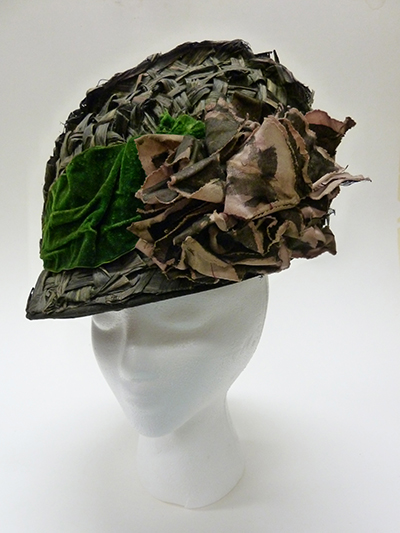
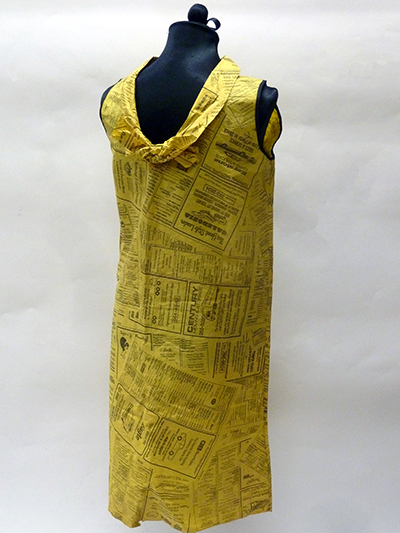
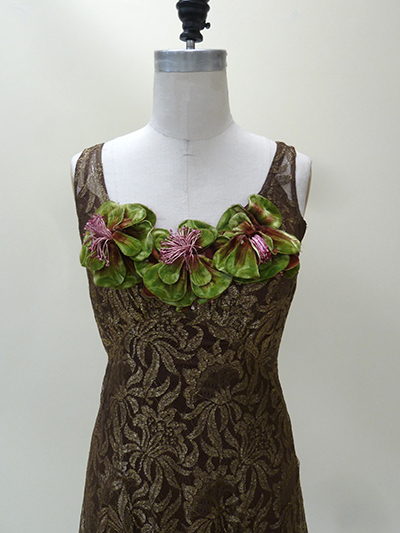
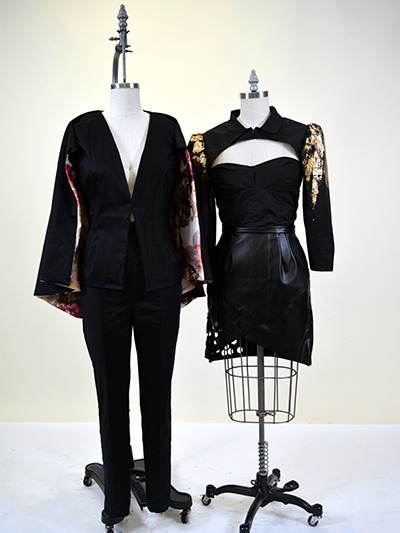
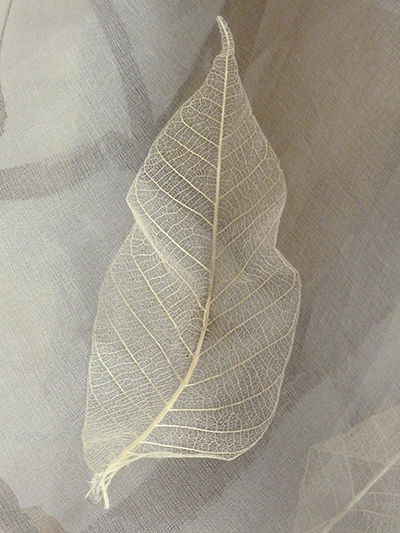
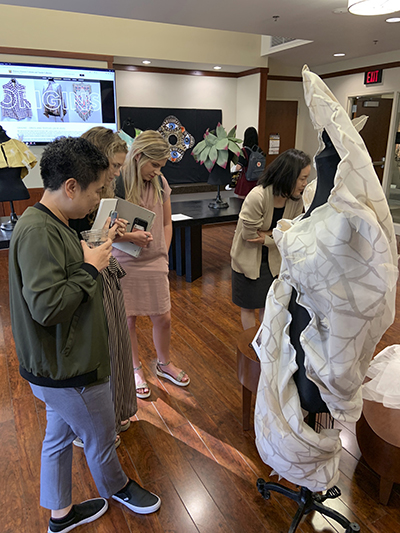
September 20, 2019
